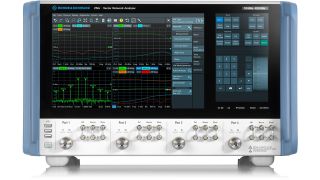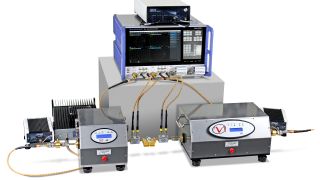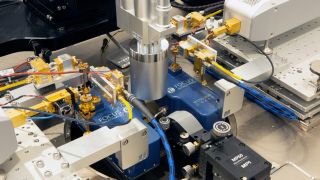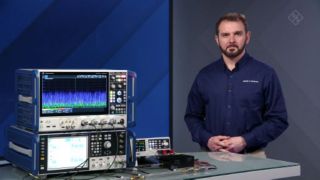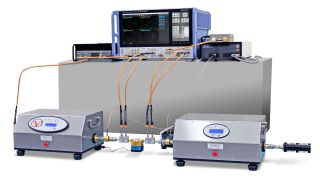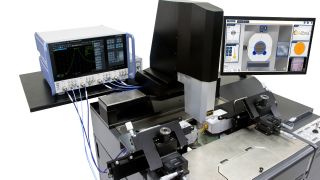Load pull analysis solutions
Nonlinear device characterization for active components
Active devices, such as power amplifiers (PA), are not inherently 50 Ohm components. They are designed to operate in an environment where the characteristic impedance is nominally 50 Ohms, but in reality, the impedance can vary widely. In other words, while the environment they are meant to operate in is typically standardized to 50 Ohms, the actual impedance seen by the amplifier can deviate from this value.
In order to achieve specific target specifications, such as minimizing power consumption or optimizing modulation performance, it is crucial to optimize the matching of components with the surrounding environment. This requires a test environment with variable impedances, as the performance of active devices can vary significantly depending on the impedances they are interfaced with in the target design. Load pull analysis is key to determining the optimal operating conditions, or “sweet spot,” for the final design.
In wireless systems, amplifiers often drive the RF signal into an antenna for transmission. These antennas show severe variance in their impedance around the nominal 50 Ohms. This varying impedance, seen by the amplifier, has unpredictable effects on amplifier performance and capabilities. It affects gain and efficiency, as well as modulation performance such as error vector magnitude (EVM).
Rohde & Schwarz is working with leading load pull companies to offer complete turnkey solutions for passive, active and hybrid load pull systems. Measurements can be conducted traditionally or via probing systems, depending on the accessibility of the device under test (DUT).










